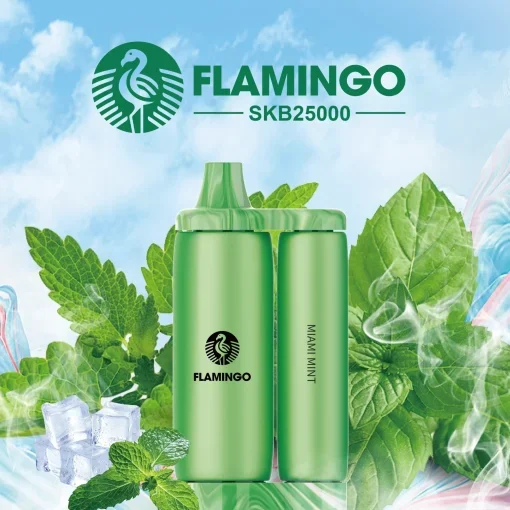The Rise of Vaping: Understanding the Trends, Products, and Health Implications
In recent years, vaping has gained immense popularity, especially among young adults and those seeking alternatives to traditional tobacco products. This surge in interest has prompted not only a rapid increase in sales but also an ongoing debate regarding the health implications of vaping compared to smoking. In this article, we delve into the intricate world of vaping, exploring its benefits, the available products, and its impact on society.
What is Vaping?
Vaping refers to the act of inhaling vapor produced by electronic cigarettes (e-cigarettes) or similar devices. Unlike traditional cigarettes that burn tobacco, e-cigarettes operate by heating a liquid, known as e-liquid or vape juice, which usually contains nicotine, flavorings, and other chemicals. This method provides a different experience for users, often viewed as a more enjoyable and less harmful alternative to smoking.
The Growth of the Vaping Industry
The vaping industry has witnessed exponential growth over the past decade. According to a report by Frost & Sullivan, the global e-cigarette market was valued at over $12 billion in 2021 and is projected to reach $45 billion by 2029. This growth can be attributed to several factors:
- Social Acceptance: Vaping has become more socially acceptable, especially in areas where smoking is banned.
- Diverse Options: Vaping offers a wide range of flavors and devices, appealing to various tastes and preferences.
- Perceived Harm Reduction: Many view vaping as a safer alternative to smoking due to the absence of tar and many harmful chemicals found in traditional cigarettes.
The Different Types of Vaping Products
As the vaping trend has evolved, so too have the products available on the market. Here are the primary categories:
1. E-Cigarettes
E-cigarettes are the most recognized vaping devices, often designed to resemble traditional cigarettes. They are easy to use and come in disposable and rechargeable forms.
2. Vape Pens
Vape pens are larger than e-cigarettes and offer more customization options. Users can adjust settings such as temperature and wattage, which affects their vaping experience.
3. Pod Systems
Pod systems have surged in popularity thanks to their compact design and user-friendly nature. These devices use pre-filled or refillable pods and often deliver a more intense flavor and nicotine hit.
4. Box Mods
For advanced users, box mods provide substantial power and customization. These devices are larger and offer extensive features such as variable voltage and temperature control, enabling tailored experiences.
Health Implications of Vaping
The health implications of vaping remain a subject of significant discussion and research. While some studies suggest that vaping is less harmful than smoking traditional cigarettes, it's essential to consider the potential risks.
1. Nicotine Dependence
Most e-liquids contain nicotine, a highly addictive substance. Users can develop a dependence on nicotine, which may lead them to continue vaping even if they intended to quit smoking.
2. Lung Health
Recent health concerns have emerged regarding lung issues associated with vaping, particularly due to the presence of harmful additives in certain vape juices. Some cases of 'vaping-associated lung injury' have garnered attention, leading to stricter regulations.
3. Popcorn Lung
Certain flavorings, particularly diacetyl, have been linked to a condition known as 'popcorn lung.' While manufacturers have taken steps to eliminate this substance, increased awareness has led to calls for more comprehensive regulations.
The Role of Regulations and Legislation
As the vaping industry matures, governments worldwide are implementing regulations to ensure consumer safety. For instance, the U.S. Food and Drug Administration (FDA) has proposed various guidelines to prohibit sales to minors and ensure that products meet safety standards. These measures aim to curb youth vaping while allowing adults the option of reduced-harm products.
Understanding Vaping Culture
Vaping has transcended beyond mere usage; it has developed into a culture. Communities have sprung up online and offline, where enthusiasts share tips, tricks, and lifestyle choices stemming from their vaping experiences.
1. Social Gatherings
Vaping lounges and competitions create venues for enthusiasts to socialize, fostering connections through shared interests and experiences.
2. Influencers and Marketing
Social media has also played a pivotal role in shaping vaping culture. Influencers showcase different products and flavors, often swaying public perception and attracting new users.
Environmental Considerations
Much like other consumer goods, vaping products generate environmental concerns. The disposal of plastic components from disposable e-cigarettes and vape pens poses ecological challenges. Increasingly, companies are exploring sustainable practices, including biodegradable materials and recycling programs.
The Future of Vaping
As society becomes more health-conscious and regulators tighten their grip, the future of vaping will likely see continued evolution. Innovations in technology, safer formulations, and better education around the risks and benefits will dominate discussions. Moreover, manufacturers may focus on developing products appealing to adult users without targeting minors, ensuring a responsible approach to marketing and distribution.
In conclusion, the rise of vaping presents both opportunities and challenges. As preferences continue to evolve, staying informed on trends, products, and regulatory changes is vital for consumers and industry players alike.





